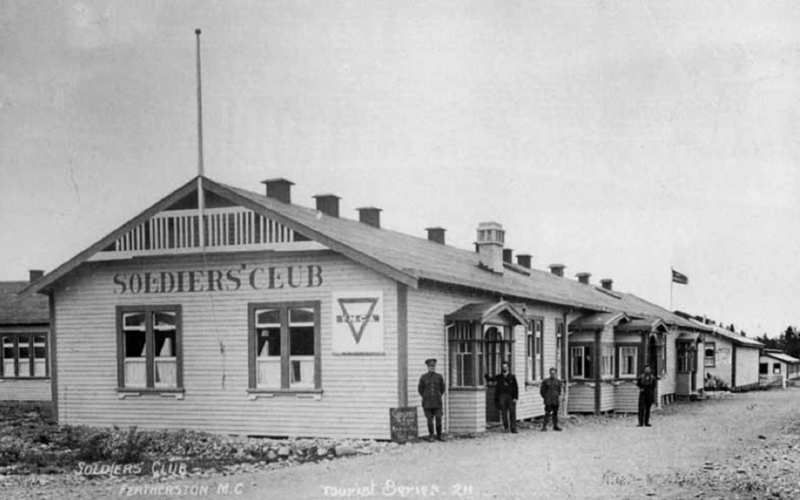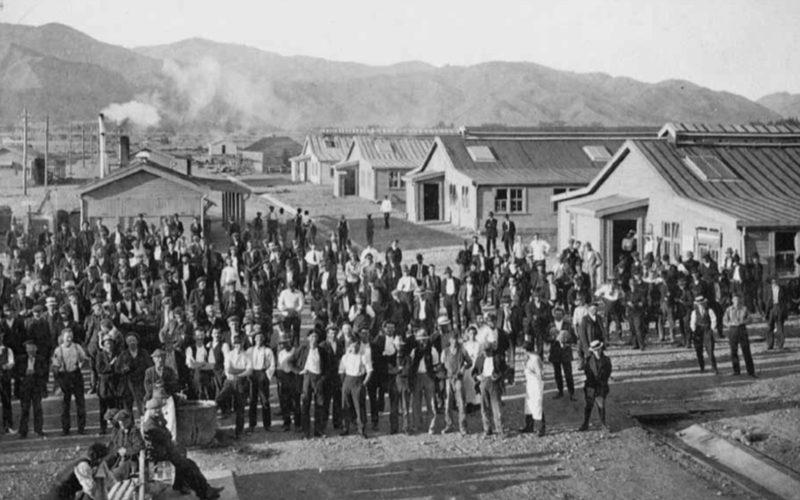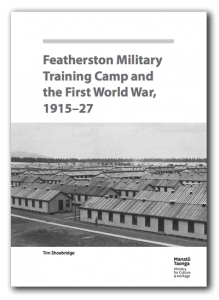Featherston Camp was the largest of the military camps in New Zealand where reinforcements for the New Zealand Expeditionary Force trained during the First World War. Most army personnel trained at Trentham Camp from October 1914 until July 1915, when the Defence Department revised its training arrangements. From January 1916 Trentham and Featherston camps shared the bulk of New Zealand’s training needs. Together with its satellite camps at Tauherenikau and Papawai, Featherston Camp could accommodate 9,850 men in huts and tents.
Its campsites and training grounds collectively covered 1,861 acres (753 ha) of land in the Featherston–Greytown area. Around 60,000 New Zealand military personnel who subsequently served overseas spent time at Featherston Camp, about two-thirds of the total.








Recent Comments